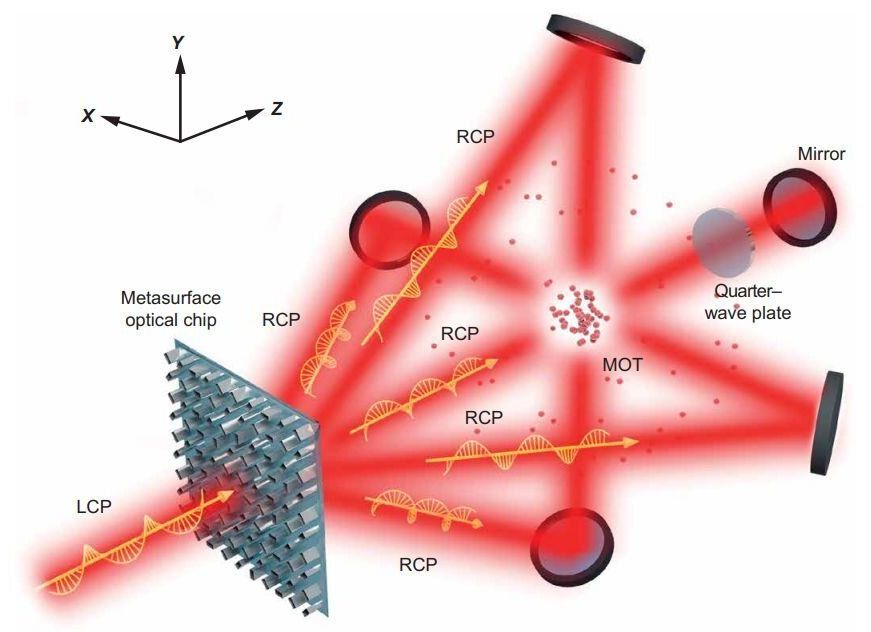On the heels of IBM’s quantum news last week come two more quantum items. D-Wave Systems today announced the name of its forthcoming 5000-qubit system, Advantage (yes the name choice isn’t serendipity), at its user conference being held this week in Newport, RI. Last week a Google draft paper, discovered by the Financial Times, claimed attaining Quantum Supremacy using a 53-qubit superconducting processor. The paper found on NASA’s website was later withdrawn. Conversation around it has been bubbling in the QC community since.
More on D-Wave’s announcements later – the Advantage system isn’t expected to be broadly available until mid-2020 which is roughly in keeping with its stated plans. The Google work on quantum supremacy is fascinating. Google has declined to comment on the paper. How FT became aware of the paper isn’t clear. A few observers suggest it looks like an early draft.
Quantum supremacy, of course, is the notion of a quantum computer doing something that classical computers simply can’t reasonably do. In this instance, the reported Google paper claimed it was able to perform as task (a particular random number generation) on its QC in 200 seconds versus what would take on the order 10,000 years on a supercomputer. In an archived copy of the draft that HPCwire was able to find, the authors say they “estimated the classical computational cost” of running supremacy circuits on Summit and on a large Google cluster. (For an excellent discussion of quantum supremacy see Scott Aaronson’s (University of Texas) blog yesterday, Scott’s Supreme Quantum Supremacy FAQ)









